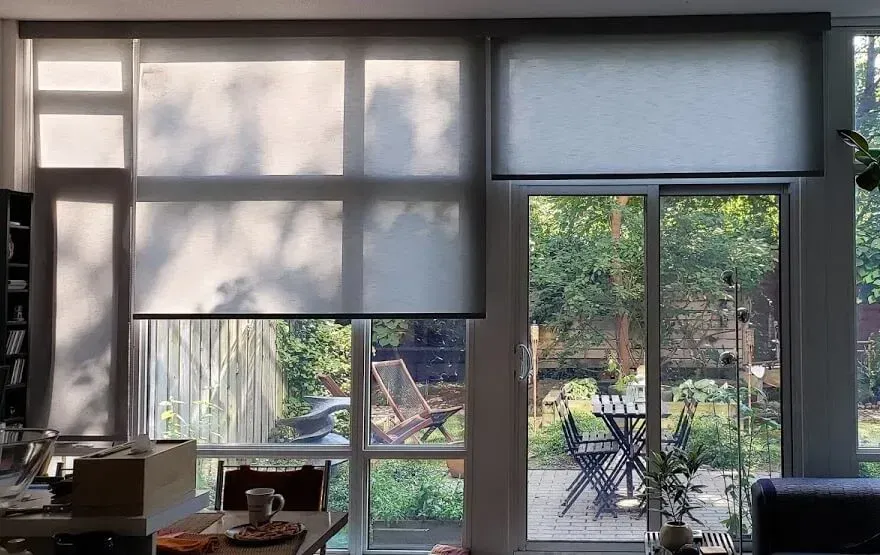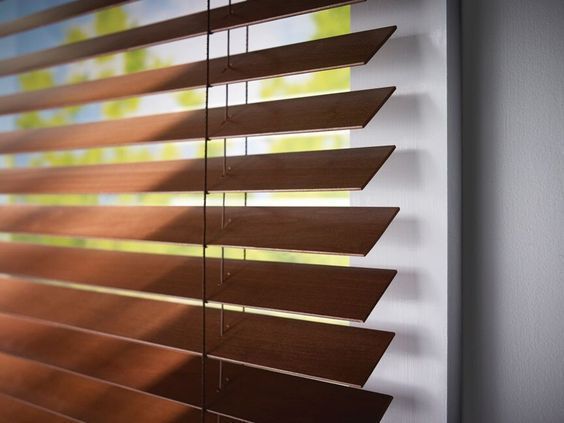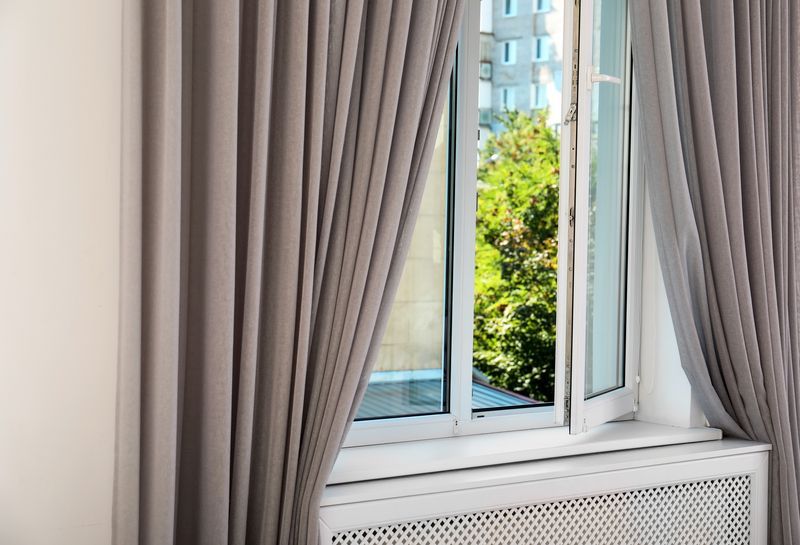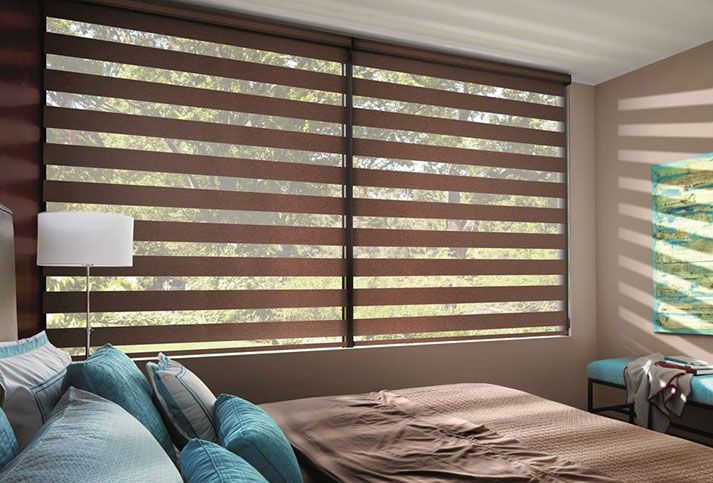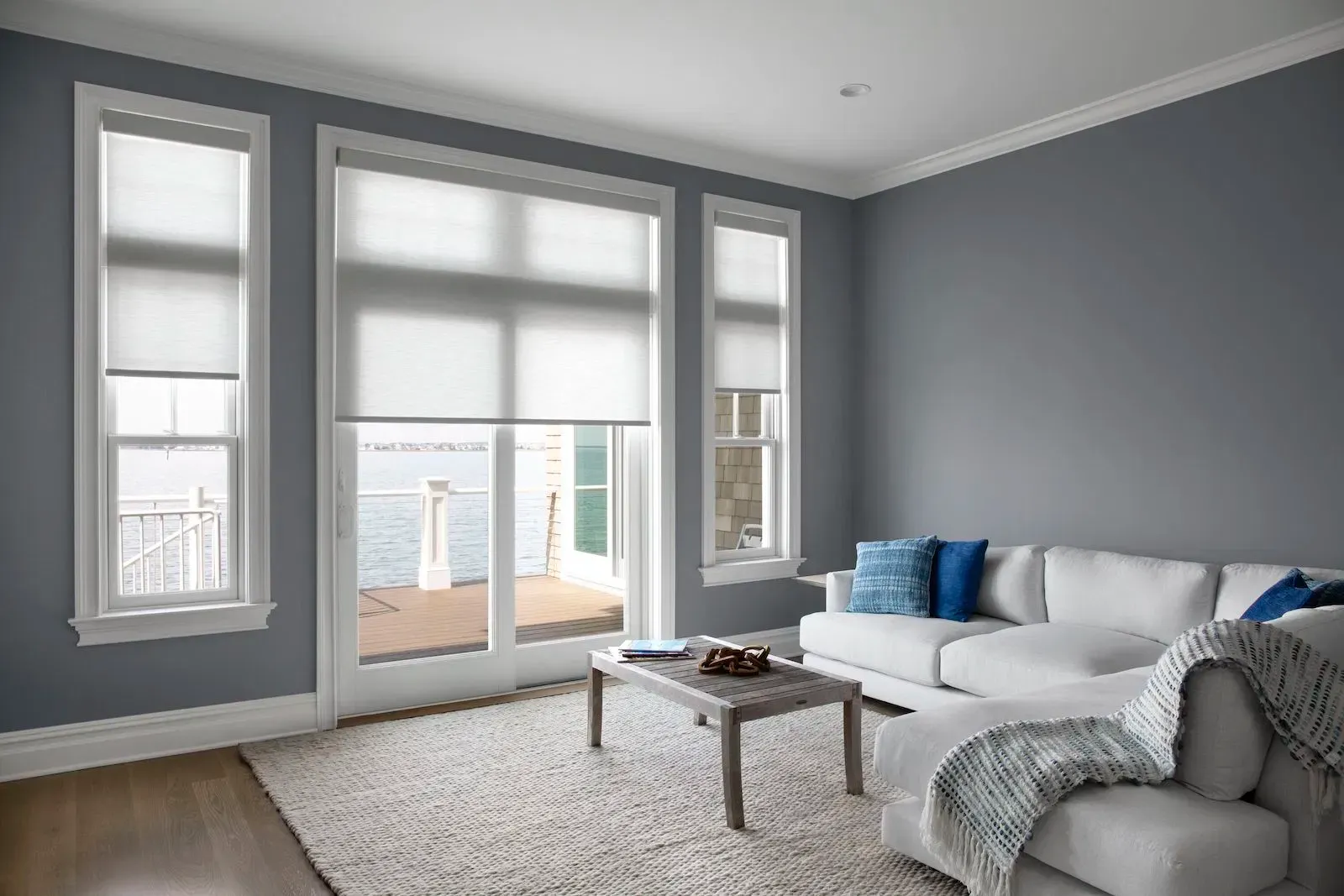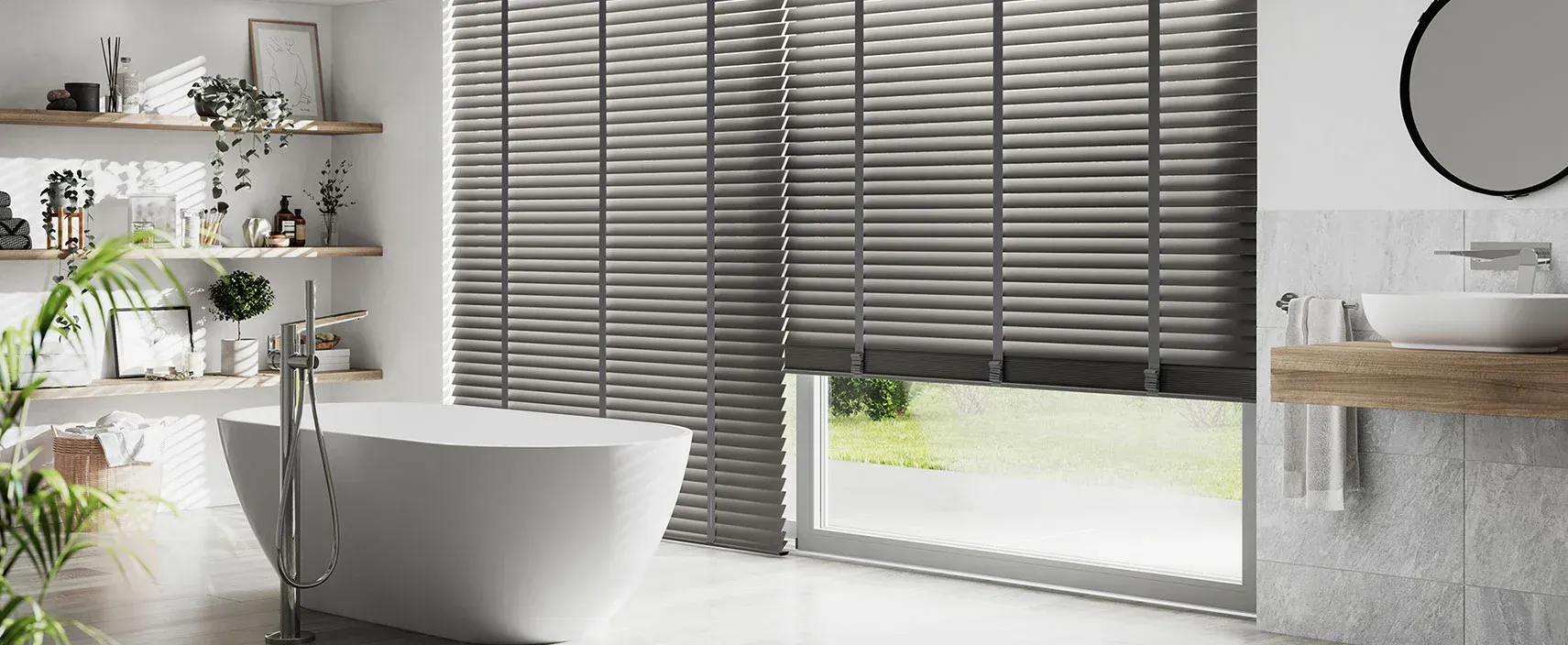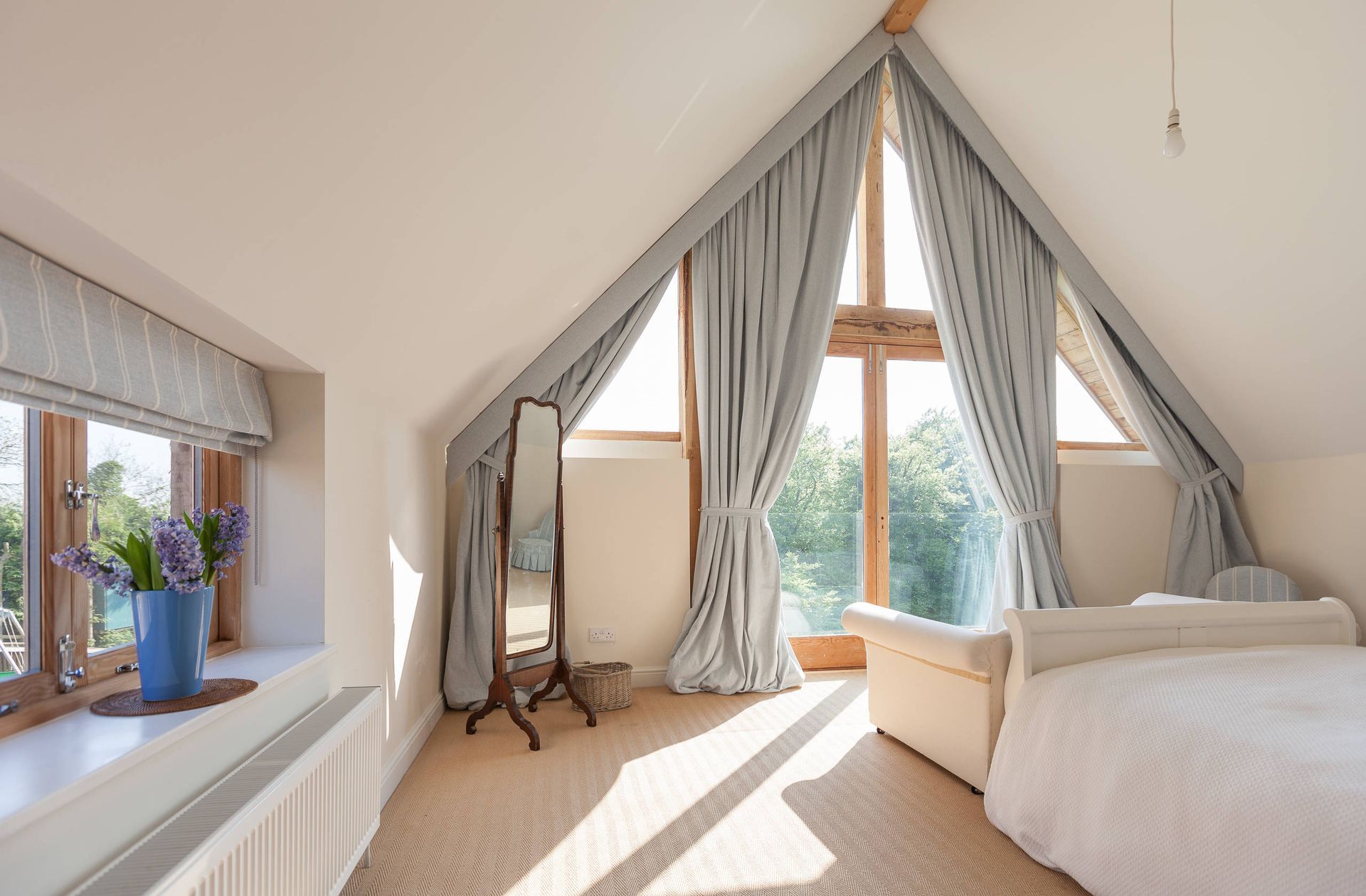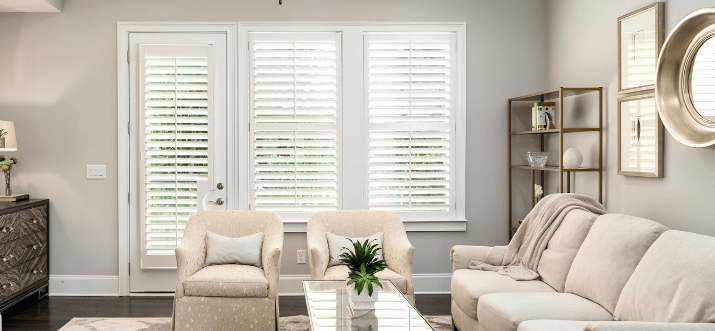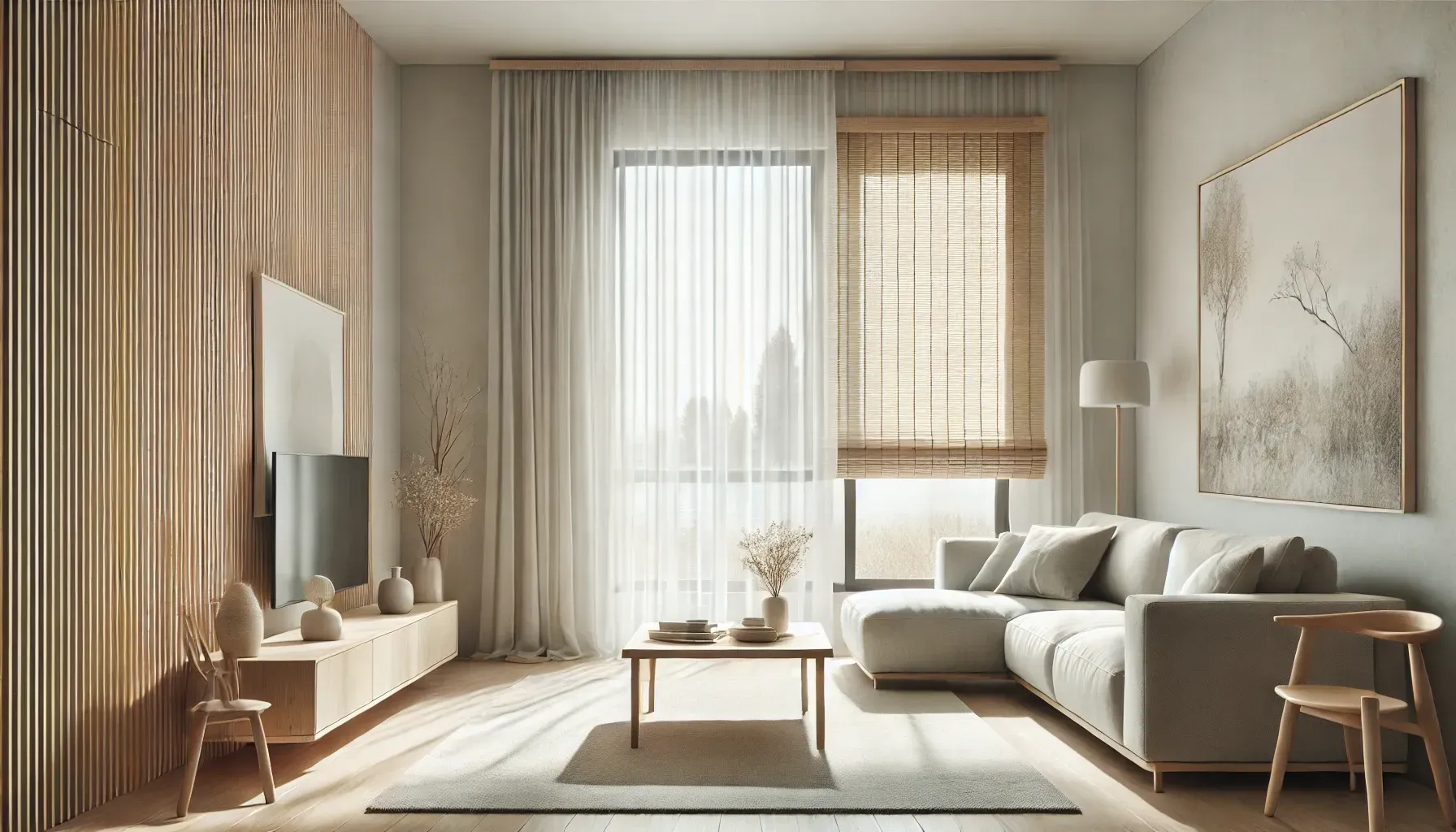Can Color and Interior Design Help Cover Shaped Windows with Coverings?
Window treatments have come a long way throughout history, from simple animal hides and wooden shutters to luxurious fabrics and high-tech materials. As window shapes have evolved, so too have the ways in which we use color and design to shape the look and feel of our living spaces.
In ancient times, window treatments were primarily used for practical purposes, such as keeping out the cold and blocking out the sun. Early drapes were made from materials such as animal hides, woven reeds, and cloth, and were often adorned with intricate designs and patterns.
As interior design evolved in the Renaissance era, window treatments began to take on a more decorative role. During this time, luxurious fabrics such as silk and velvet were used to create elaborate drapes and valances that added drama and elegance to grand homes and palaces.
The Industrial Revolution brought about a shift towards more practical and functional window décor ideas, such as roller shades and blinds. These minimalist window treatments were designed to provide privacy and light control while also being easy to clean and maintain.
In the mid-20th century, window drapery again became an important interior design element. The colorful and bold patterns of the 1960s and 1970s were reflected in window treatments, with bright colors and geometric shapes taking center stage.
Window Treatments in Modern Times
Today, window treatments continue to play a vital role in interior design. From sheer curtains that allow natural light to filter into high-tech Roman shades and motorized shades that can be controlled with a smartphone, window treatments come in a vast array of styles and materials.
When it comes to selecting the right window treatment for a room, color, and design are crucial elements to consider. The color of your window treatments can affect the mood and atmosphere of a room, while the design can add texture, interest, and personality.
The room's intent can also dictate what type of treatments you choose. If decorating for a teen who sleeps in, room darkening shades with a blackout lining might be the correct choice. Or, a sunroom that receives a lot of natural light and heat might need a window covering that is energy efficient or has UV protection.
Custom window treatments will be needed for unique window shapes or hard-to-reach windows. Your home décor needs will be based on the functionality of your home.
Neutral colors such as white, beige, and gray can create a calming and serene environment, while bright and bold colors such as red and blue can add energy and vibrancy to a space. Patterns and textures can add visual interest to a room, while minimalist window treatments can provide a sleek and modern look.
Window treatments have played a significant role in interior design throughout history, and their evolution reflects each era's changing styles and tastes. Whether you opt for minimalist blinds or luxurious drapes, color, and design are crucial elements to consider when selecting the right window treatment for your space. By carefully selecting the right window coverings, you can create a beautiful and functional living space that reflects your personal style and design aesthetic.
FAQs About Window Treatments:
Q: What are the best colors for window coverings?
A: The best colors for window coverings depend on the mood you want to create, the color scheme, and the amount of natural light that enters the room. Calming colors like blue and green are perfect for creating a relaxing atmosphere, while bold colors like yellow and red can create a more energetic vibe.
If your walls are a neutral color, you can add a pop of color with your window coverings, and if your walls are already a bold color, you may want to choose window coverings that complement the color scheme.
Q: What type of window coverings are best for a home office?
A: The best window coverings for a home office are those that block out light and reduce glare on your computer screen. You can choose from roller shades, cellular shades, or blinds with light-blocking features.
Q: How can I choose window coverings for a room with large windows?
A: For a room with large windows, choosing window coverings that are easy to operate, like motorized shades or blinds, is best. You can also opt for options like drapes or curtains that can be hung from the ceiling to the floor, giving the illusion of taller windows.
AREAS WE SERVE

